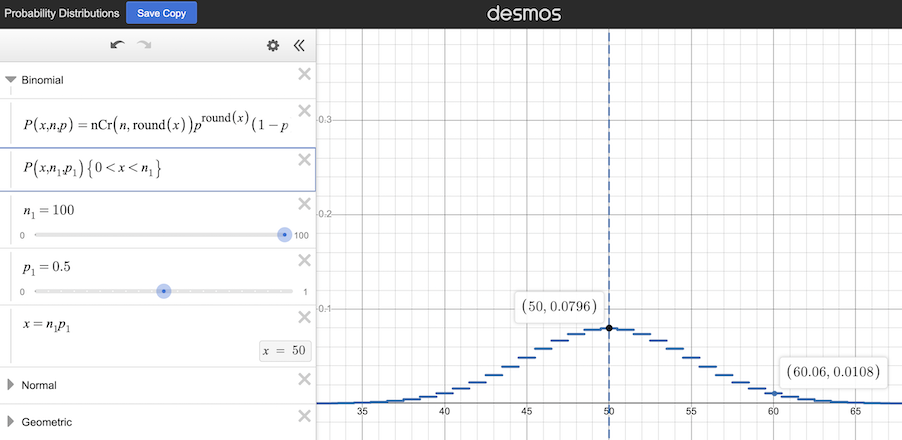posted: December 23, 2023
tl;dr: The world would be a better place if more people understood probability and statistics...
When COVID-19 initially started spreading outside of China, the number one question that people wanted answered was: “How deadly a disease is it?” To rephrase this question, “What percentage of the population is it going to kill?” One of the first countries that it spread to was Italy, which happens to have a higher percentage of elderly people than most other countries. Parts of Italy where the disease first struck locked down hard as hospitals were burdened with sick people. Soon it was announced that the disease had a Case Fatality Rate (CFR) of 6%.
Upon hearing this statistic, many people, including some otherwise smart people in my own family, assumed that COVID-19 was going to kill 6% of the world’s population, and that their own chances of dying of COVID-19 were 6%. This created the mindset that allowed governments to impose lockdowns, close schools and businesses, and institute other countermeasures that had severe negative consequences for all of us. Among these many harms were kids in cages.
Few bothered to understand what the CFR statistic actually meant. The word “case” means that someone has a case of the disease of COVID-19, which means that they had diagnosable symptoms that were traceable to the SARS-CoV-2 virus. This eliminates all asymptomatic infections of the virus. Furthermore, in the early days of the pandemic, there were no widespread, inexpensive tests for the virus. The only people being tested for COVID-19 in Italy in that time frame were those who had severe enough symptoms to require hospitalization. This eliminated all less-severe cases. It is true that, among this small, elderly, sick, hospitalized subset of the population, the fatality rate in the early days, before treatments were well-understood, was 6%. But that does not mean 6% of the world was going to die of COVID-19. A better statistic to use is Infected Fatality Rate (IFR), the percentage of fatalities among all people who were infected with the virus, but that statistic was not as widely known or publicized.

The probability distribution of the result of flipping a fair coin one hundred times (source: Desmos.com)
Other examples of people not understanding probability and statistics abound. People are notoriously terrible at judging risks, and hence feel safer behind the wheel of an automobile than when seated on an airplane. The top reasons people in my Harley Owners Group chapter die prematurely are heart disease and cancer, not motorcycle accidents as many might expect.
Gambling is a huge, multi-billion dollar industry in the United States in which the odds (a.k.a. probabilities) are stacked against the customers and in favor of the casinos. Those accrued gambling losses have built some spectacular hotels and light shows in Las Vegas. “Diversions for the mathematically challenged” is how I once heard gambling described, and the phrase stuck with me. I will only rarely place a sentimental bet, or gamble a small amount as a social activity with other people. If the odds were in my favor, I’d gamble all day, but that’s not the case with casino games. I know too much math.
The biggest harm to society from peoples’ lack of understanding of statistics and probabilities is in the realm of politics. Politicians and media pundits are constantly quoting statistics that appear to support the case they are trying to make, but which are flawed. One of my all-time favorite books, which I read in high school, is Daniel Huff’s How to Lie with Statistics, first published in 1954. The tricks described in the book are still used everyday by those in politics and the media, with the aim of warping public opinion. I don’t think Huff describes the difference between CFR and IFR, but if he were still alive and able to update his book, it would make a good addition.
The world would be a better place, I believe, if school kids were taught more probability and statistics as part of their mathematics education. Given that school time is finite, I’m willing to cut back on the amount of instruction in pre-calculus and calculus in high school. Calculus is necessary to gain a deep understanding of physics, and can still be learned by students studying for a college degree that depends upon physics. But knowledge of probability and statistics is needed by everyone.
Related post: Statistical significance
Related post: An ATF book: How to Lie with Statistics, by Daniel Huff